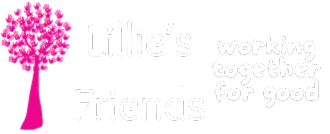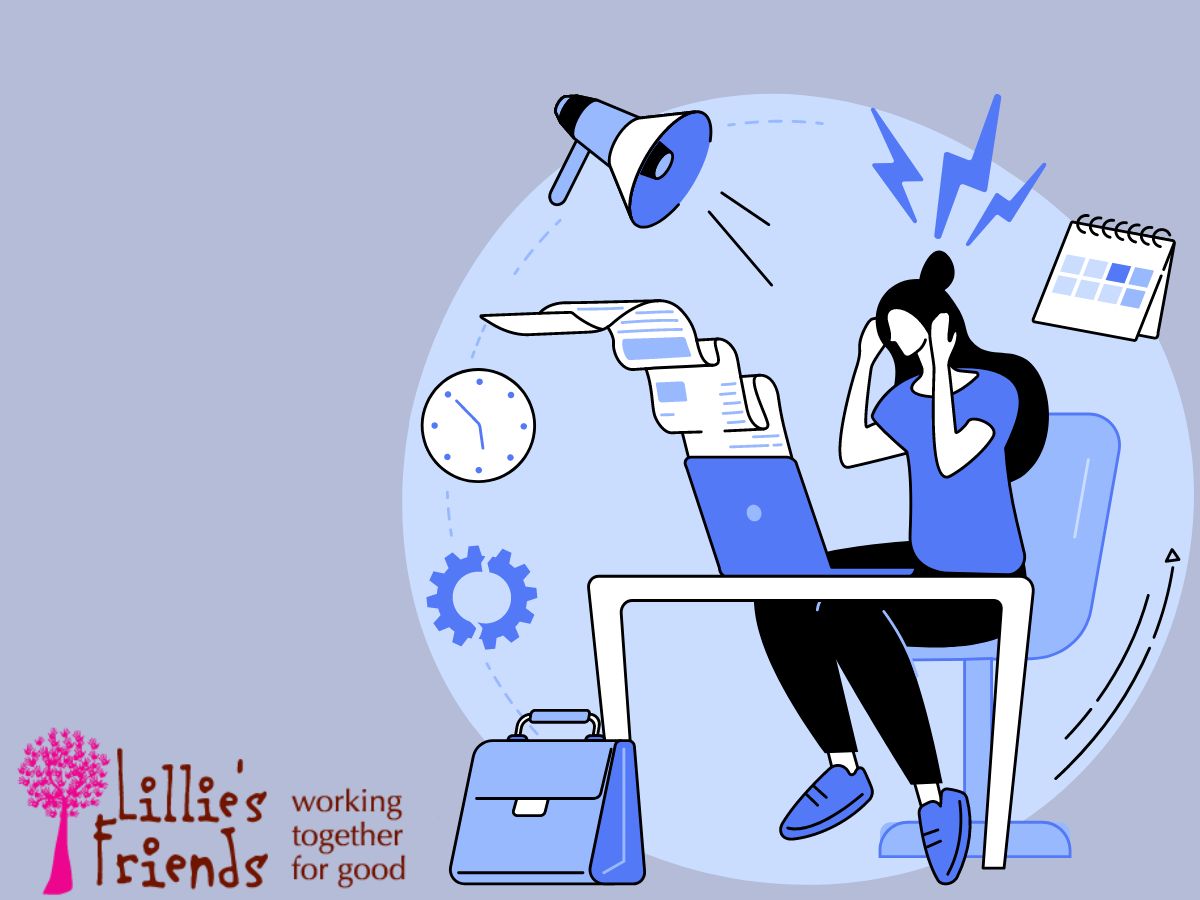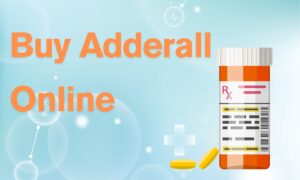One psychiatric condition called acute stress disorder (ASD) is brought on by going through or seeing a distressing incident. It might happen in reaction to:
- The passing of a close relative
- vehicle collision
- The potential for grave harm or demise
- Sexual assault
- natural catastrophes, etc.
The signs and symptoms of acute stress might appear between a few days to a month.
If you are experiencing unwelcome thoughts, disassociation from reality, discomfort, sleeplessness, continual anger, or avoiding thoughts or reminders of the traumatic incident, get treatment.
Online Acute Stress Disorder Assessment
An evaluation of acute stress disorder involves discussing the symptoms and medical background with a physician. A medical professional will rule out other mental illnesses and evaluate the number, intensity, and nature of your symptoms with the DSM-5.
The Acute Stress Disorder Scale (ASDS), which is based on the DSM-4, may sometimes be administered to patients.
The following symptoms are examined in depth during assessments for ASD:
- Symptoms of an intrusion include discomfort from experiences that are comparable to the traumatic one, flashbacks, and recurring thoughts and dreams about the incident.
- Being unable to feel content and loved is a negative emotion.
- Dissociative symptoms include dissociative amnesia and a sense of being cut off from one’s feelings and identity.
- Avoidance symptoms include avoiding thoughts and reminders of the stressful experience.
- Arousal symptoms include irritability, anger, sleeplessness, and attentiveness.
Strategy for Treating Acute Stress Disorder
The following interventions are part of the acute stress disorder treatment plan:
- Reducing the current symptoms
- Keeping post-traumatic stress disorder from developing
What could be covered by the treatment strategy:
Counseling
The first line of treatment for acute stress disorder is psychotherapy. Exposure treatment and trauma-focused cognitive-behavioral therapy (CBT-TF) are the most often selected options.
Drugs
For acute stress disorder, pharmacological treatment may be selected to reduce agitation, anxiety, fury, pain, or insomnia. The most popular option are selective serotonin reuptake inhibitors (SSRIs), while benzodiazepines and other antidepressants are also viable.
Medicinal Management of Acute Stress Syndrome
Medication may be recommended to lessen the symptoms of acute stress disorder. Among them are:
- Propranolol is a beta-blocker.
- Antidepressants include fluoxetine, paroxetine, and selective serotonin reuptake inhibitors; they can also include norepinephrine and serotonin reuptake inhibitors like venlafaxine.
- Anticonvulsants (tiagabine, lamotrigine, and topiramate).
- Antipsychotics of the second generation (risperidone, quetiapine).
- For early pain treatment, morphine.
- Suvorexant as a sleep aid.
Practical Resources
In order to prevent acute stress disorder from progressing to post-traumatic stress disorder (PTSD), it is necessary to seek professional attention.
It never hurts, though, to be aware of available treatments and self-help methods. Visit our site to learn more about acute stress disorder, including its causes, treatments, and ways to help those who are affected.
FAQs
What are the 5 symptoms of acute stress?
The DSM-5 lists intrusive symptoms, negative mood, dissociative symptoms, avoidance, and hyperarousal as the five categories of symptoms associated with acute stress disorder.
What is the difference between acute stress disorder and PTSD?
The onset and duration of symptoms vary between ASD and PTSD, despite sharing similar symptoms, etiology, and treatment modalities. ASD manifests itself no later than four weeks following the traumatic event. On the other hand, PTSD symptoms must persist for more than a month following a stressful experience and can manifest three months or more after the occurrence.
Can paranoid delusions be a symptom of acute stress disorder?
Because they are implausible, paranoid delusions are indicative of schizophrenia, bipolar illness, or psychosis. Nonetheless, there are instances in which plausible hallucinations or delusions, such as those connected to trauma, are a sign of stress or post-traumatic stress disorder.
Does acute stress disorder include dissociative symptoms?
Yes, dissociative symptoms are prevalent in acute stress disorder, according to the DSM-5. These include dissociative amnesia and a sense of being cut off from one's feelings or identity.
How long does an ASD assessment take?
Adults with ASDs typically require up to 30 minutes to diagnose. If the doctor decides to design a comprehensive treatment plan and does extra exams for depression or anxiety, the session may take longer than expected. However, a follow-up appointment could be required if the patient is unable to accurately describe the symptoms or the details of their medical history.











